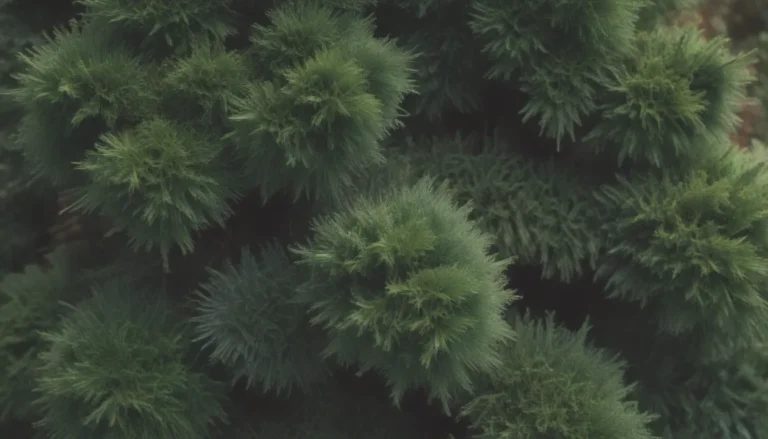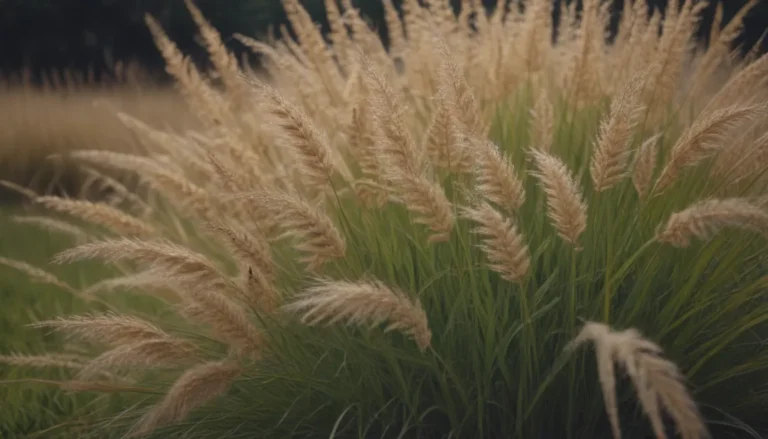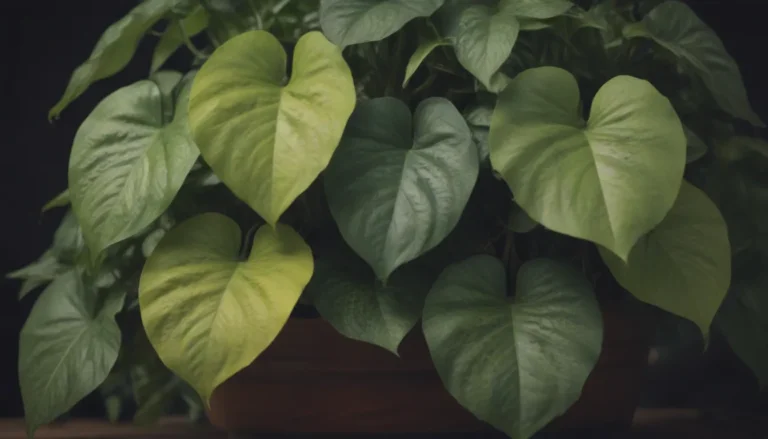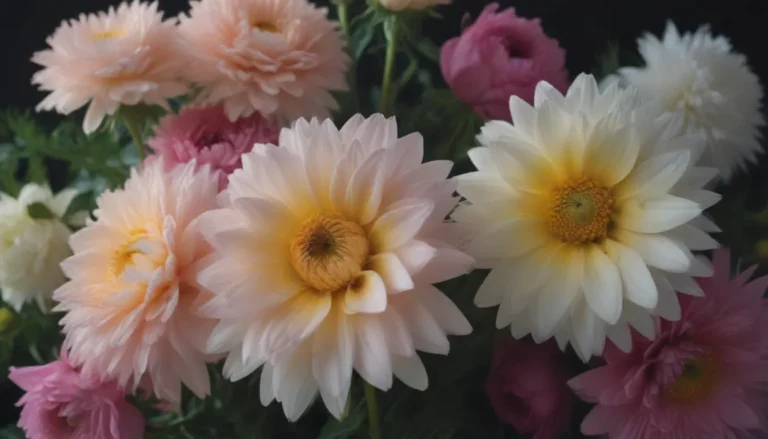Comprehensive Guide to Growing and Caring for Philodendron Silver Swords

If you’re a plant lover looking to add some tropical vibes to your indoor space, the Philodendron Silver Sword (Philodendron hastatum ‘Silver Sword’) might just be the perfect addition to your collection. With its stunning pale, silvery green color and unique arrow-shaped leaves, this climbing philodendron is sure to make a statement in any room.
Originally from the rainforests of South America, the Philodendron Silver Sword has now gained popularity as a houseplant. However, before bringing one of these beauties into your home, it’s essential to know that like all philodendrons, the Silver Sword is considered toxic to pets and humans if ingested.
Philodendron Silver Sword Care Tips
In its natural habitat, the Silver Sword philodendron grows on trees and other vines in the understory of tropical rainforests. To help your Silver Sword thrive indoors, here are some essential care guidelines to follow:
Light
- Light Requirement: This philodendron thrives in bright, indirect light. Place it near a sunny window, but avoid prolonged exposure to direct sunlight.
- Impact of Light: Insufficient light may result in lackluster leaves and stunted growth.
Soil
- Ideal Soil Mix: Philodendron Silver Sword thrives in an airy soil mix that retains moisture while also draining well.
- DIY Soil Mix: You can create a suitable soil mix by combining indoor potting soil, perlite, and orchid bark in equal parts.
Watering
- Watering Frequency: Keep the soil consistently moist, but not soggy. Allow the top inch of soil to dry slightly between waterings.
- Preventing Overwatering: Ensure excess water drains properly from the pot’s drainage holes to prevent root rot.
Temperature and Humidity
- Temperature Range: Maintain warm temperatures, avoiding extremes or prolonged exposure to temperatures below 60 degrees Fahrenheit.
- Humidity Levels: While the plant can tolerate average household humidity, increasing humidity can promote lush, healthy growth.
Fertilization
- Fertilizing Schedule: During the active growing season (spring and summer), fertilize with a balanced liquid fertilizer diluted to half-strength every two to four weeks.
- Winter Dormancy: Stop fertilizing in the fall and winter when the plant enters dormancy.
Propagating and Potting Philodendron Silver Sword
Propagating
- Propagation Method: Philodendron Silver Sword is easily propagated from stem cuttings.
- Benefits: Propagating allows you to grow new plants and fill out existing ones.
Pruning
- Pruning Needs: Unless removing damaged leaves, the Silver Sword philodendron does not require regular pruning.
Potting and Repotting
- Repotting Frequency: Repot every one to two years or when the plant outgrows its current container.
- Signs of Repotting: Roots circling inside the pot or emerging from drainage holes indicate the need for repotting.
Common Pests and Diseases
Pests
- Common Pests: Watch out for mealybugs, scale, thrips, and fungus gnats.
- Treatment: Address infestations promptly with neem oil or insecticides.
Diseases
- Bacterial Leaf Spot: Identified by small, brown spots on leaves, treat with fungicidal spray.
- Fungal Diseases: Isolate affected plants to prevent spread and treat with appropriate fungicides.
Troubleshooting Common Problems
Yellow Leaves
- Causes: Yellow leaves can result from various factors such as light, watering, pests, or environmental conditions.
- Normal Aging: Older leaves may naturally turn yellow and drop.
Brown Spots
- Causes: Brown spots may indicate fungal infections, low humidity, or leaf burn.
- Prevention: Maintain proper humidity levels and prevent exposure to direct sunlight.
Additional Information on Philodendron Silver Sword
- Fast Growth: Silver Sword philodendrons are considered medium to fast growers, especially with adequate light.
- Availability: While relatively rare, the plant is becoming more available in nurseries and plant shops.
In conclusion, caring for a Philodendron Silver Sword can be a rewarding experience if you provide the right conditions and attention. By following these care tips and identifying and addressing common issues promptly, you can enjoy the beauty of this stunning plant in your indoor space. Remember to always prioritize the well-being of your plants and create a nurturing environment for them to thrive.
Reference: Iowa State University Extension Horticulture and Home Pest News
So, if you’re looking to add a touch of tropical elegance to your home, consider welcoming a Philodendron Silver Sword into your plant family. With the right care and attention, this striking plant can become a beautiful and thriving part of your indoor oasis.





